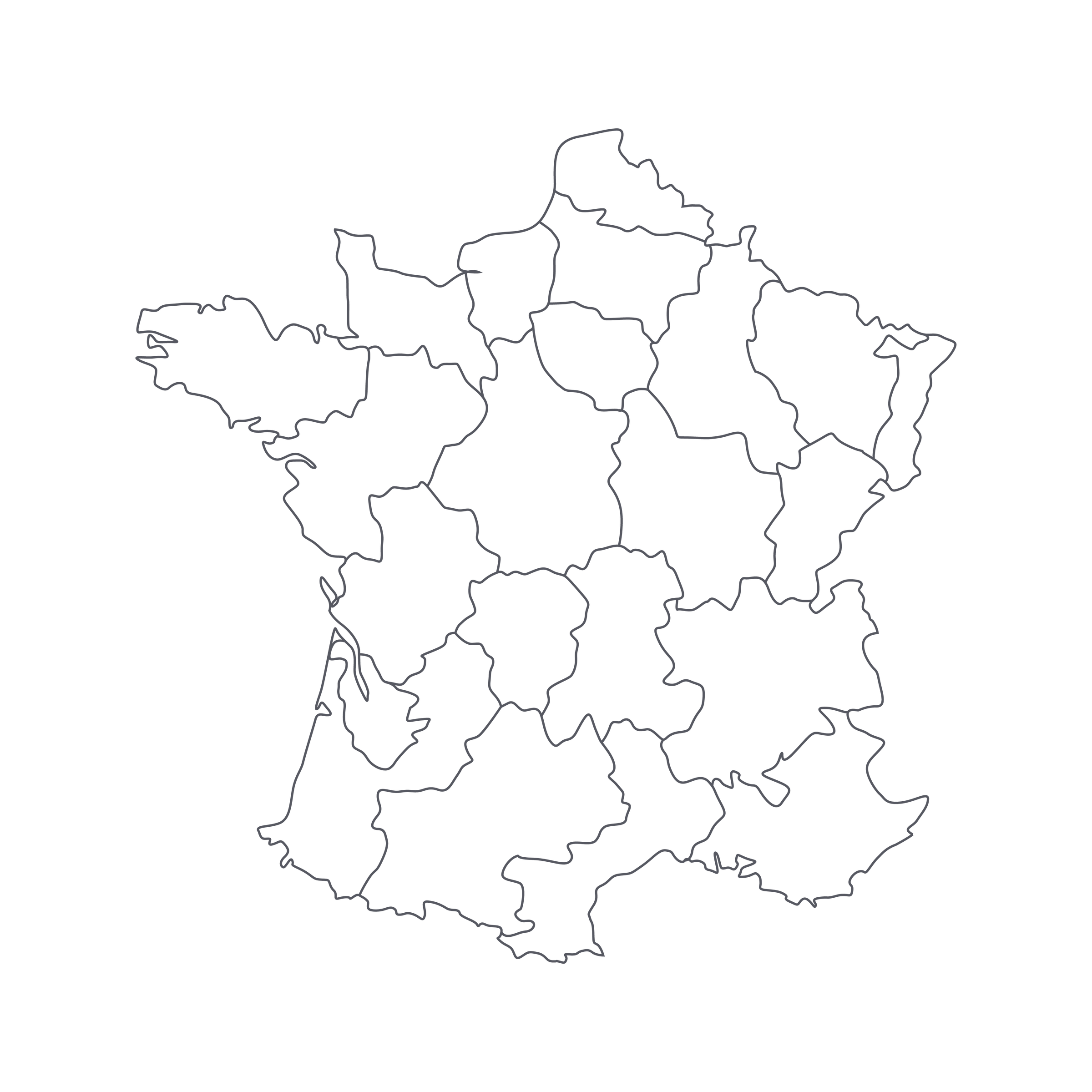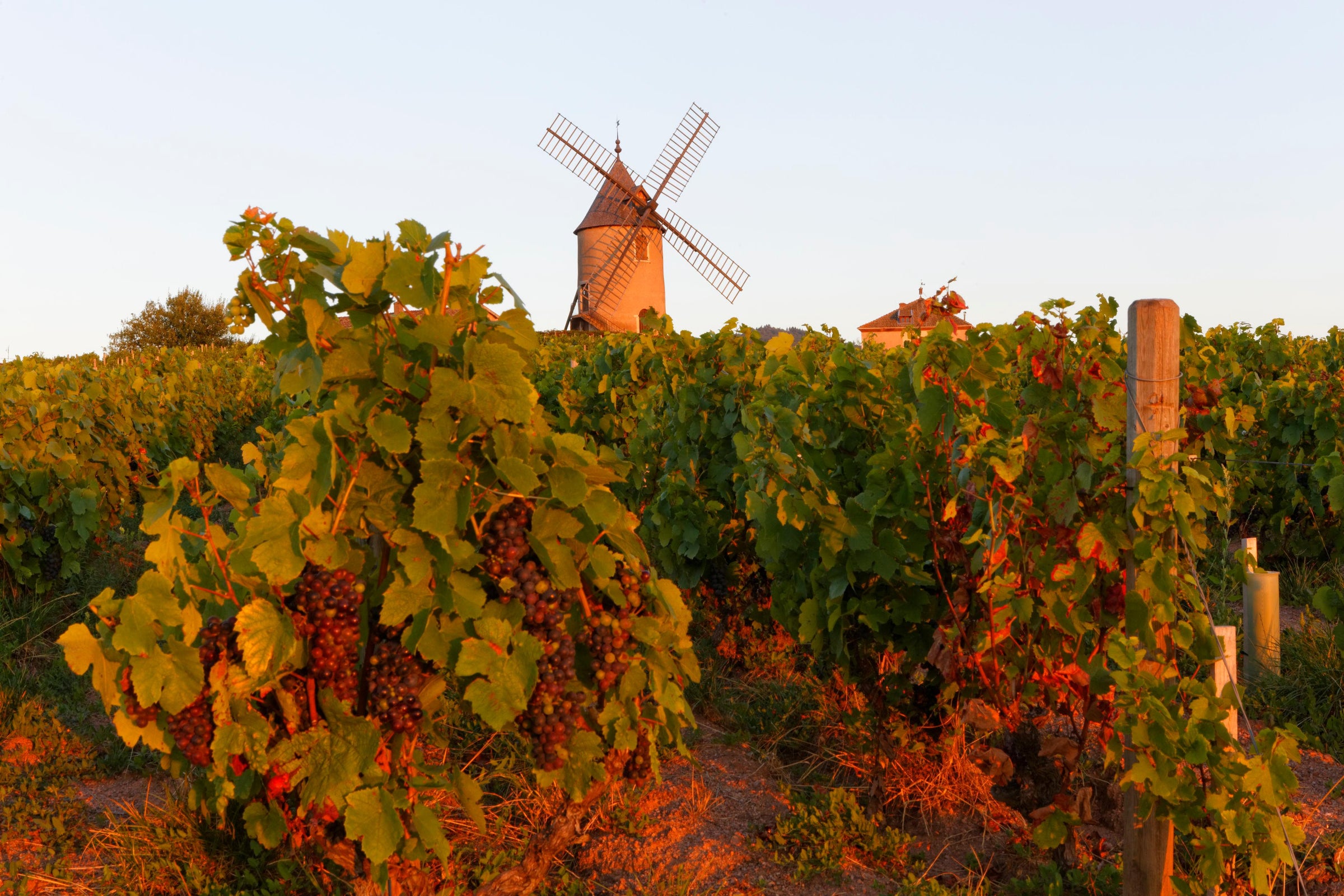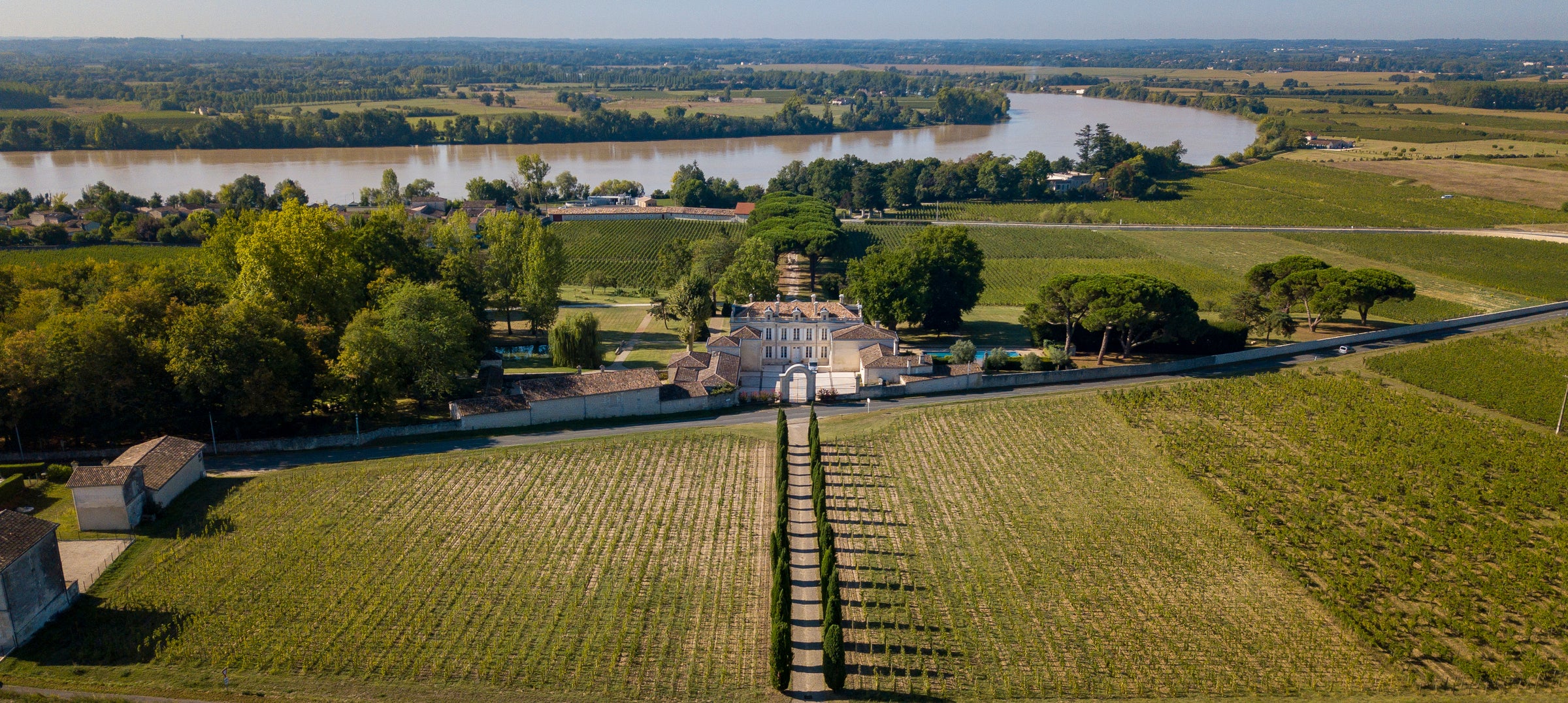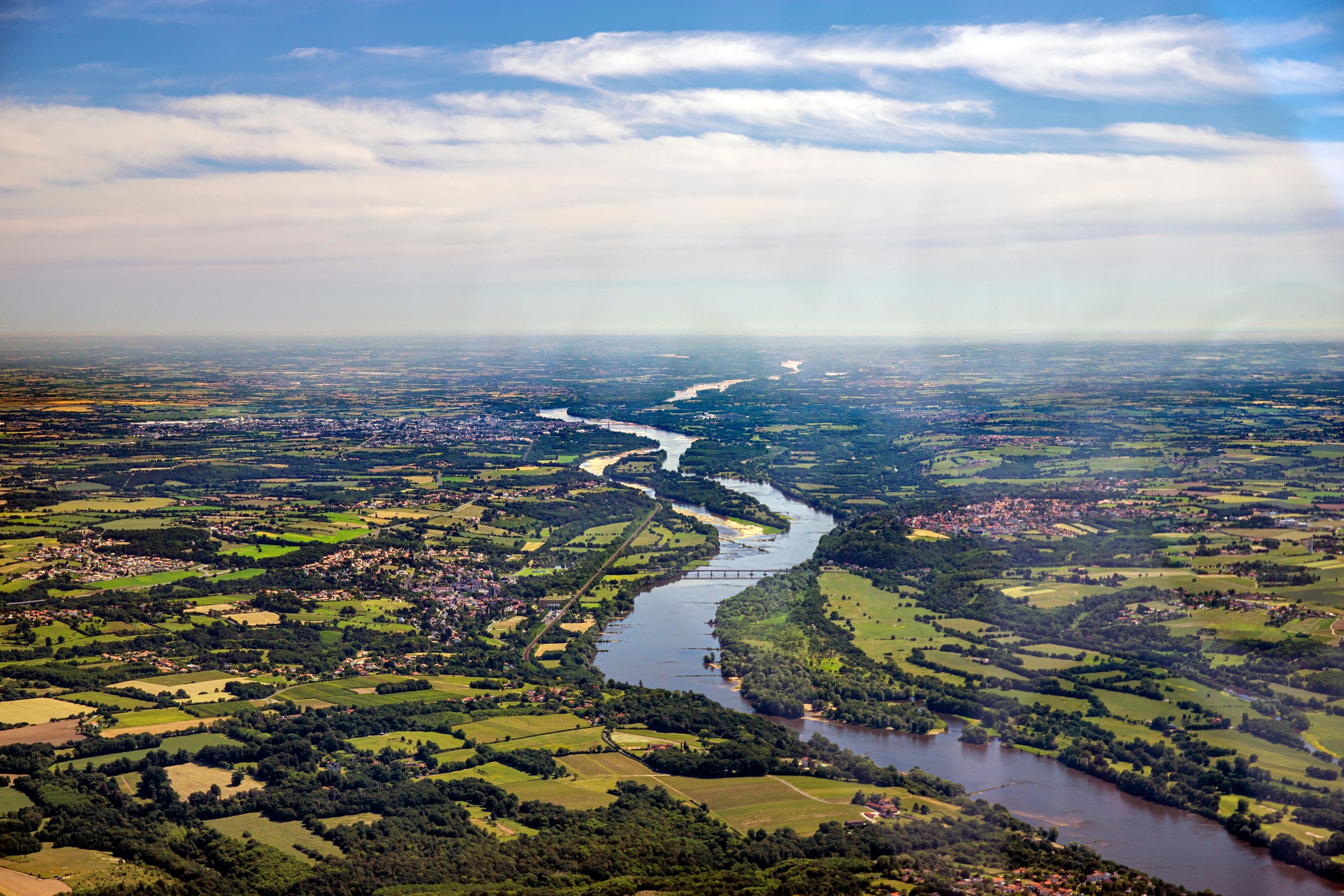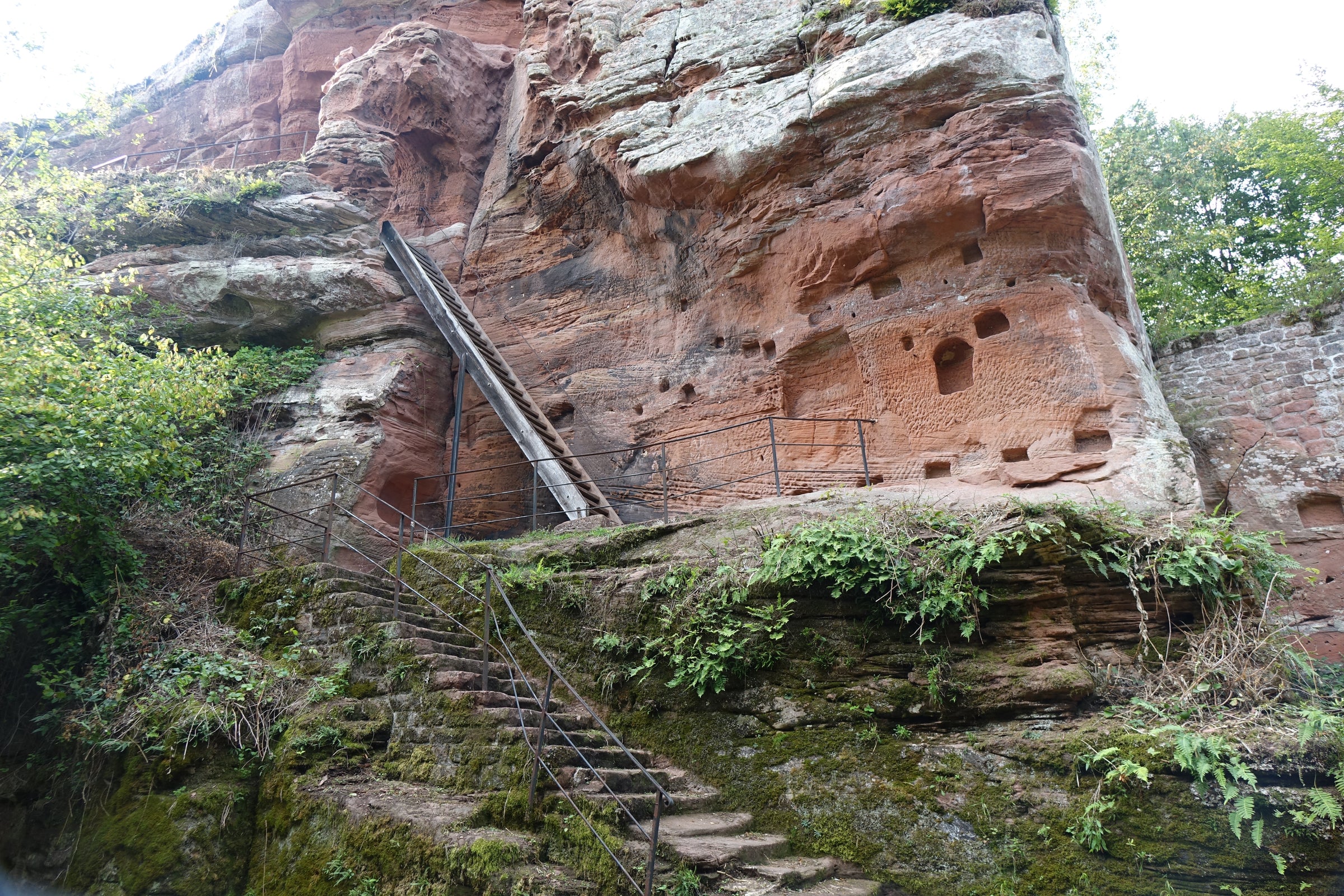If you’re an ambitious young winemaker with somewhat limited resources who wants to make wine in a truly great terroir, there’s a good chance you’ll land in one of the 10 “cru” villages of Beaujolais. Though technically within southern Burgundy, vineyards here are more affordable, Gamay is easier to grow than Pinot Noir, and most important, the wines are commanding more respect than ever before.
The only thing that hasn’t happened yet is the price increase that typically accompanies success. Beaujolais is an exciting place to be right now: Not only are established old-guard producers like Foillard and Lapierre enjoying a renaissance among younger wine lovers, a determined crop of newcomers has the region teeming with sensational (and affordable) wines. We’ve been offering quite a bit of cru Beaujolais lately, and just when we think we’ve had our fill, a bottle like today’s Chénas comes along and demands a place at the table. This wine blew us away! Young brothers Paul-Henri and Charles Thillardon are farming 12 hectares of vines biodynamically and vinifying their wines naturally, with minimal sulfur additions only at bottling; their wines echo the perfume, energy, and grace of those of the late Marcel Lapierre. Today’s Chénas comes from 40+-year-old vines rooted in granite and schist, and will stand toe-to-toe with the top cru Beaujolais on the market. Though they have other heritage vines in other parts of Beaujolais, Chénas is their calling card—and if you needed a reminder that Beaujolais is indeed part of Burgundy, Thillardon’s “Les Carrières” will hammer the point home. This is a special wine and quantities are limited.
Paul-Henri Thillardon established the domaine in 2008, when he was in his early twenties; his brother, Charles, joined him a few years later, and together they’ve not only grown their holdings to 12 hectares but gone full-bore into organic and biodynamic farming. Early on, Paul-Henri hooked up with new-generation Beaujolais winemakers such as Louis Dutraive and Yvon Métras, both of whom helped him refine his natural approach in the cellar. Originally, Paul-Henri destemmed his grapes and fermented them in more ‘Burgundian’ fashion (i.e. crushed and macerated/fermented in open-topped vessels), but these days, like Métras and Dutraive, he employs a ‘semi-carbonic’ maceration, in which whole grape clusters are used but aren’t necessarily sealed up tight under a blanket of CO2, as in “full” carbonic. Today’s 2017 Chénas spent about 16 days macerating on its skins during fermentation, lending it pleasantly firm grip in the tannin department, and a minimal amount of sulfur is used only at bottling. Aging was carried out in a mix of cement tanks and used oak barrels.
One of the Thillardons’ stated goals is to raise the profile of Chénas, which is wedged between Juliénas and Moulin-à-Vent at the northern end of the Cru Beaujolais region. They are one of the few producers in the village doing single-vineyard bottlings, and today’s wine, “Les Carrières,” showcases the produce of 40+-year-old vines rooted in the granite and schist of an old quarry. Today’s 2017 is a deep yet refined example of ‘natural’ winemaking done right: it shows great purity and energy without funk or flaws. In the glass, it’s a deep, reflective ruby with hints of garnet and magenta at the rim, with an incredibly perfumed nose of fresh-picked wild strawberries, black cherry, raspberry blossoms, damp roses, dried herbs, forest floor, wild mushrooms, wet stone, and a touch of white pepper. It is medium-bodied with perfect sweetness to the fruit on the palate, which is balanced by firm but fine-grained tannins and lots of savory, mineral depth. It is firing on all cylinders now, blossoming nicely after 30 minutes in a decanter, but will age well over the next 5-7 years if kept in a cold, dark cellar. Dig into some of your stash now and know that the remainder will really find its voice over the coming years. Serve it in Burgundy stems at 55-65 degrees with pork and chicken dishes that incorporate the woodsy, warm-spice flavors of autumn, as in the attached recipe. It’s a wine that exudes great class but also an intriguing wildness that keeps me coming back for more. Enjoy!


